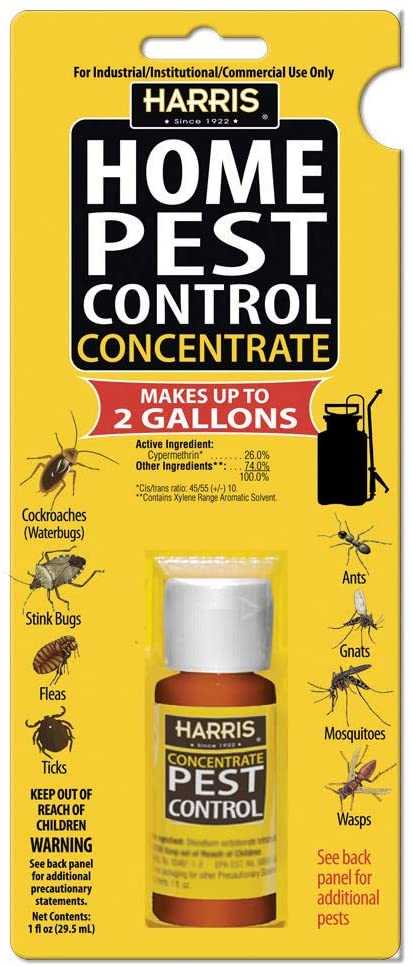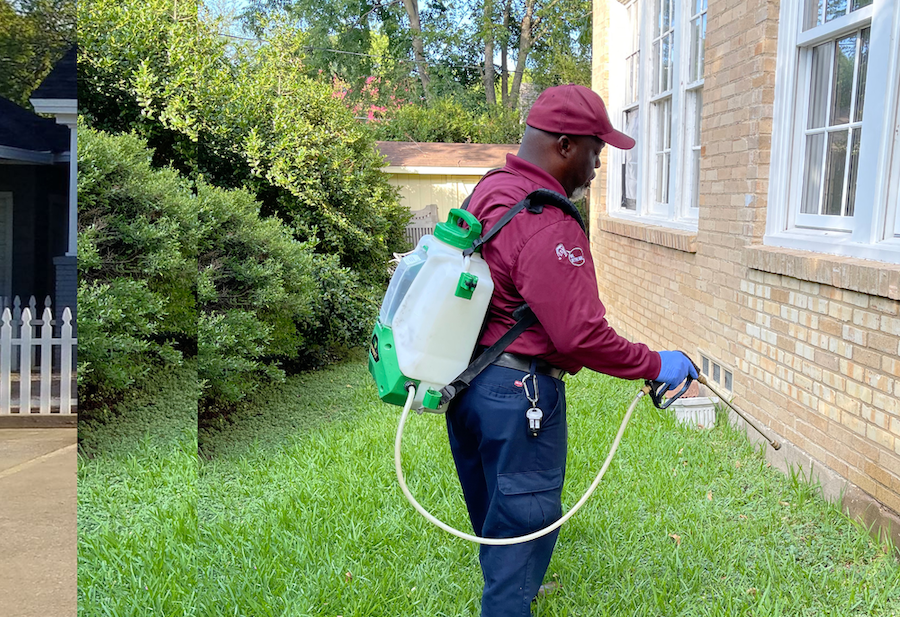Professional A1 Charlotte Bed Bug Exterminator - Quality Solution Assured
Professional A1 Charlotte Bed Bug Exterminator - Quality Solution Assured
Blog Article
Bed Insect Therapy Failure: Comparing Chemical Vs. Non-Chemical Solutions
In the world of insect control, specifically when dealing with the persistent problem of bed bugs, the option in between chemical and non-chemical therapy services can be an essential one. Both approaches offer unique benefits and disadvantages, influencing aspects such as effectiveness, security factors to consider, and general price. By analyzing the nuanced details of each technique, a clearer understanding of which course to pursue in attending to a bed bug invasion can be acquired.
Effectiveness of Chemical Therapies
Chemical therapies for bed pest invasions have been widely acknowledged for their fast and potent efficiency in removing these bugs. When thinking about the effectiveness of chemical treatments, it is important to comprehend that they can supply a fast and complete option to a bed insect problem.
Furthermore, chemical treatments have the advantage of using residual results, suggesting that they can remain to get rid of bed bugs also after the first application. This residual activity is especially beneficial in combating any kind of possible re-infestations. Furthermore, the rapid action of chemical therapies can bring relief to people dealing with severe bed pest infestations, permitting them to gain back control of their living areas swiftly.
Safety Interest In Chemical Solutions
One important element that needs cautious factor to consider when using chemical options for bed pest therapy is making sure the safety and security of owners and the setting. Direct exposure to specific chemicals utilized in bed insect treatments can lead to respiratory issues, skin irritation, or various other adverse reactions, specifically in individuals with pre-existing problems or sensitivities.
Furthermore, the environmental impact of chemical services is another significant factor to consider. Some chemicals utilized in bed insect treatments might be unsafe to valuable bugs, wildlife, and ecosystems if they leach right into the soil or water supply. It is vital to make use of chemical treatments sensibly, following safety and security standards, and taking into consideration much less harmful alternatives to minimize these threats and guarantee the safe and reliable monitoring of bed insect infestations.
Advantages of Non-Chemical Methods
Considering the prospective safety and security concerns and environmental effect associated with chemical solutions for bed insect therapy, discovering non-chemical methods provides an appealing choice with several unique benefits. Non-chemical therapies are eco pleasant, as they do not add to air or water pollution, making them a sustainable choice for insect control.
Furthermore, non-chemical options can be efficient in targeting bed bugs, consisting of hard-to-reach locations where chemical treatments may not penetrate - A1 exterminator charlotte nc. Methods such as heat therapy, vacuuming, vapor cleaning, and mattress encasements give complete removal without the use of unsafe chemicals.
Limitations of Non-Chemical Treatments

In addition, non-chemical treatments usually need numerous applications to attain successful removal. This can be taxing and may not constantly guarantee total elimination of all bed insects and their eggs, especially in hard-to-reach or concealed areas.
Moreover, the success of non-chemical therapies heavily relies on proper implementation and thoroughness, which can be challenging for individuals without expert know-how. Poor application of non-chemical methods might result in incomplete eradication, causing consistent invasions and the demand for added therapies.
Consequently, while non-chemical therapies have their benefits, it is necessary to recognize these constraints and consider them when figuring out one of the most efficient approach for handling bed bug problems.
Price Contrast: Chemical Vs. Non-Chemical Options
Given the restrictions associated with non-chemical therapies, a vital aspect to examine in the context of bed insect management is the expense contrast in between chemical and non-chemical alternatives. In contrast, non-chemical treatments like warm treatment pesticide store near me or vapor can be more expensive, with costs varying from $1,000 to $6,000 for an entire home. While the preliminary price of chemical treatments might appear lower, numerous treatments may be required to fully get rid of the infestation, potentially enhancing the total cost.
Final Thought

Thinking about the potential safety problems and environmental influence connected with chemical remedies for bed pest therapy, checking out non-chemical methods presents an encouraging option with numerous unique benefits.Offered the restrictions linked with non-chemical treatments, an important element to evaluate in the context of bed pest management is the price comparison in between chemical and non-chemical alternatives. In comparison, non-chemical treatments like warm treatment or vapor can be much more pricey, with expenses ranging from $1,000 to $6,000 for a whole home. While the initial price of chemical treatments may appear reduced, multiple therapies may be required to fully eliminate the problem, possibly raising the general price.In final thought, when comparing chemical and non-chemical bed pest therapy choices, it is necessary to take into consideration performance, safety, benefits, limitations, and price.
Report this page